A First Nations-owned proposed solar and battery project on Banjima land in the Pilbara, and a solar array on Jinparinya land hear Port Hedland, Western Australia (WA) have been successful bidders in the round three of the government of WA’s clean energy future fund (CEFF) scheme.
The Banjima Native Title Aboriginal Corporation (NTAC) and the Jinparinya Aboriginal Community will share $5.5 million (USD 3.4 million) between them to support their projects, which will also deliver business models to generate economic benefits within their local communities.
The Perth-headquartered Banjima NTAC project is a $2.5 million, 103 MW solar power and 51.5 MWh of battery storage, and the Jinparinya’s Junja project is a 10 MW solar array near Port Hedland, in the Pilbara region 1,600 far northeast of Perth.
As well as socially innovative, the Junja project will be the first renewable independent power plant connected to WA energy provider Horizon Power’s Pilbara Network in the North West Interconnected System (NWIS).
The preliminary engineering design also includes the first solar tracking array in the Pilbara coastal region, which experiences the most severe cyclones in Australia.
Successful bids
Other sucessful bidders in round three include Sydney-headquartrered gas company BOC Limited, which will receive $3 million to install a 1.25 MW alkaline electrolyser to produce up to 500 kg per day of renewable hydrogen at their Kwinana operations site.
BOC will also introduce new hydrogen packaging solutions for deploying hydrogen fuel cell power generators in remote areas.
Tesla Geraldton Pty Ltd (not related to electric vehicle manufacturer Tesla Inc.) was awarded $3.5 million to convert a 10 MW diesel generator to battery storage at Geraldton Airport to provide grid services and electric vehicle charging.
Hazelmere-headquartered Electric Power Conversions Australia received $3 million to convert a 150-tonne mining haul truck from diesel to battery electric to prove the technology for wider deployment of electric conversions.
An allocation of $574,400 to Perth-based Pacific Energy will contribute to the installation of a 250 kW/1 MWh vanadium redox flow battery (VRFB) to test the performance of a high-capacity vanadium battery.
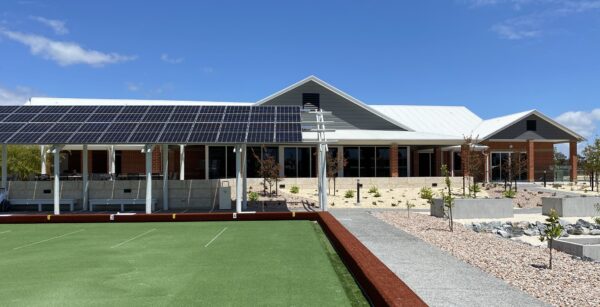
Image: Edenlife Communities
Lastly, south Perth-headquartered Edenlife Communities was awarded $432,750 to support construction of a retirement village of fully electric houses, ahead of electricity grid connection availability, by installing 395 kW of solar and 300 kW/663 kWh of battery storage to power homes and building works.
Combined, the initiatives are expected to deliver a reduction of about 175,000 tonnes in greenhouse gas emissions (GHG) per year – the equivalent to taking more than 56,000 vehicles off the road.
The figure equates to a reduction of about 3.7 million tonnes of emissions throughout the lifetimes of the seven projects, at a cost of $4.38 of CEFF funds per tonne.
The third round of CEFF funding follows rounds one and two, which supported the implementation of eight clean energy projects.
Three of those projects have been completed and include a pilot for re-deployable solar panels, an agricultural microgrid, and solar farm and battery storage optimisation.
This content is protected by copyright and may not be reused. If you want to cooperate with us and would like to reuse some of our content, please contact: editors@pv-magazine.com.
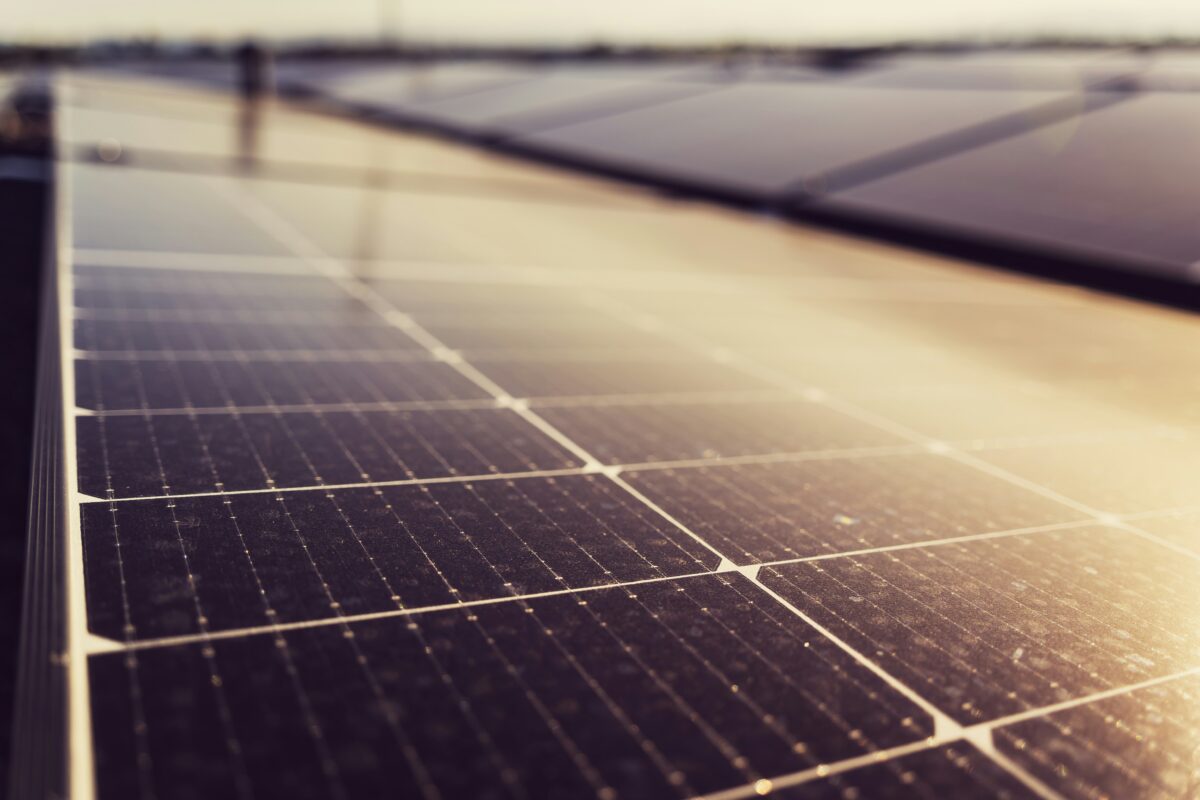
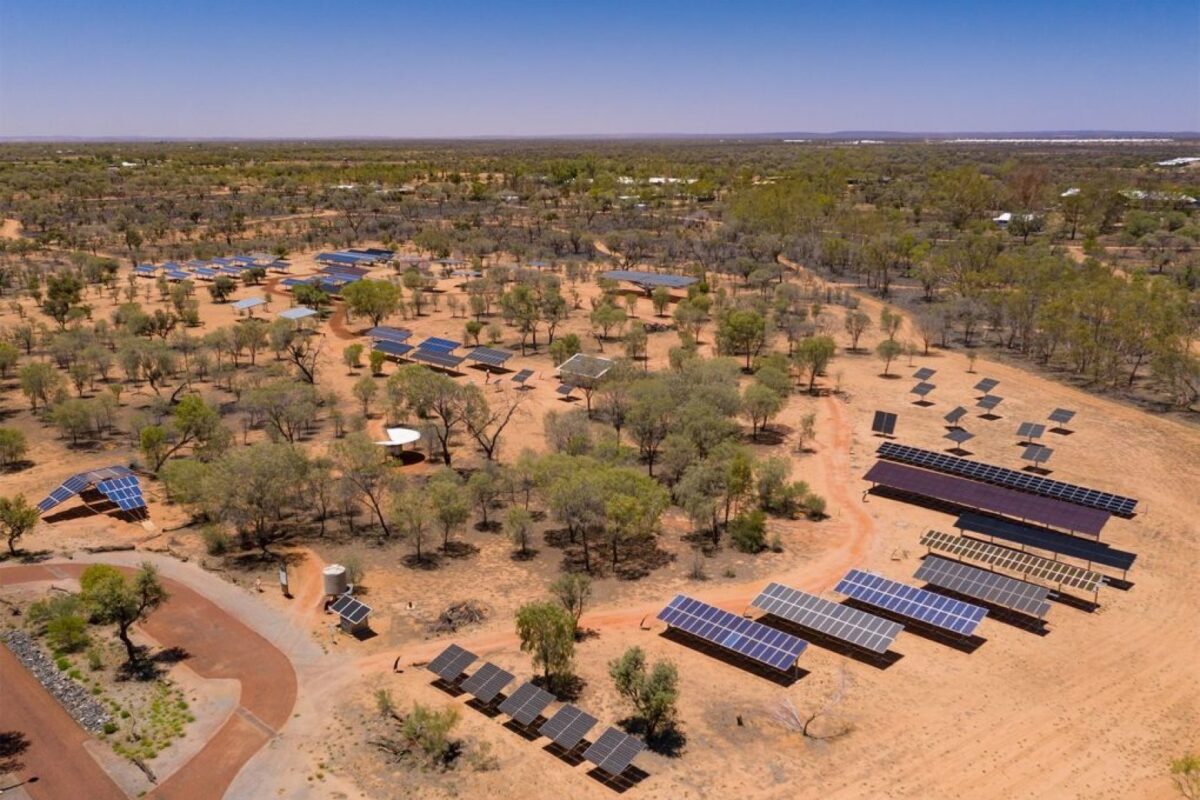

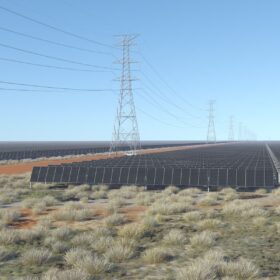
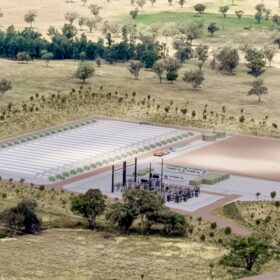
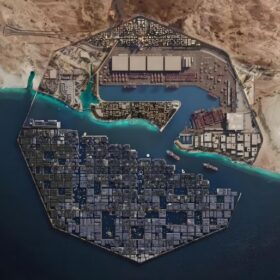
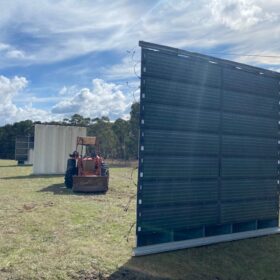
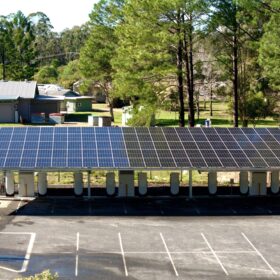
By submitting this form you agree to pv magazine using your data for the purposes of publishing your comment.
Your personal data will only be disclosed or otherwise transmitted to third parties for the purposes of spam filtering or if this is necessary for technical maintenance of the website. Any other transfer to third parties will not take place unless this is justified on the basis of applicable data protection regulations or if pv magazine is legally obliged to do so.
You may revoke this consent at any time with effect for the future, in which case your personal data will be deleted immediately. Otherwise, your data will be deleted if pv magazine has processed your request or the purpose of data storage is fulfilled.
Further information on data privacy can be found in our Data Protection Policy.